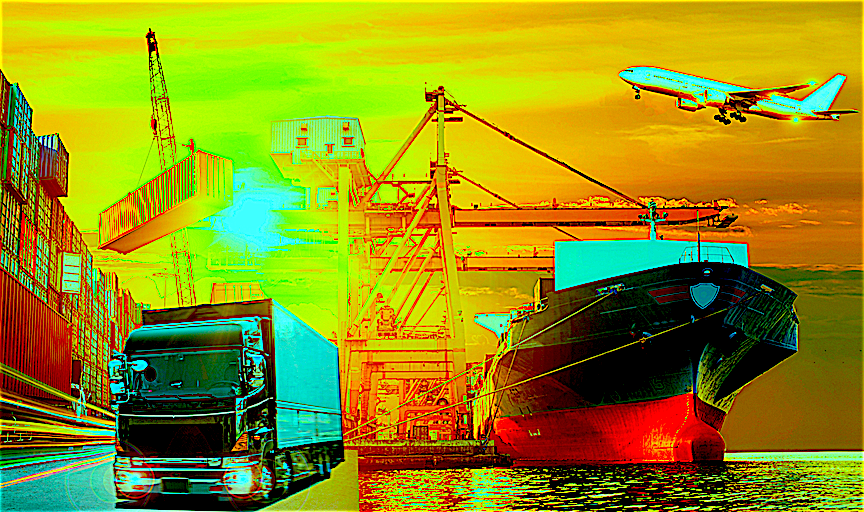The spreading coronavirus epidemic in China and elsewhere will most likely show us how a global supply chain can be interrupted by an unanticipated human cause. A localized human health emergency rarely affects global businesses. But, when the virus in a global supply region spreads beyond a locality to wider areas, regions, and countries it will have an economic impact that can affect the availability of products and services thousands of miles from the virus epicenter.
What could we learn from the coronavirus crisis? Let’s start with learning how our supply chains can be interrupted. Think of this as “supply-chain un-reliability,” where the flow of business and commerce is interrupted or shut down. Some cruise ships, airlines, and other operations already appear to have experienced a negative business impact from the current situation.
DEFINING ‘SUPPLY CHAIN’
Every operation/process relies on a sequence of activities, i.e., a flow. When a company relies on a network of suppliers and vendors to produce and distribute something of value, it’s depending on a “supply chain.” Everything in the chain influences how efficient, effective, and profitable the process is. That includes, among other things, how people work, timely information, facilities, utilities, resources, vehicles, and containers
The elements of a supply chain all come together at an end point. This can be a stage in a production process, delivery to a distribution center, or, ultimately, to a paying customer.
Supply chains can be internal to the business, external to the business, and a combination of both internal/external. The supply-chain segments can have separate ownership, where one company hands off to another company, until the end product reaches the customer. Regardless, when the flow in a supply chain is interrupted, something negatively affects the intended output.
THE PEOPLE-SIDE OF SUPPLY-CHAINS
For decades, I have said (and written), “Reliability is more about people than machines and technology.” When we unpack that statement and look at the people-side of reliability, we’re looking at the most unpredictable and variable component of reliability (including reliability associated with the efficiency and effectiveness of a supply chain).
Almost every business process involves people: to operate and maintain; to design and build; to drive and unload; to enter data and prepare schedules; to send invoices and receive payments. You get the picture. If every person, at every operation, performed his or her work flawlessly, we would have the most reliable supply chain possible.
Granted, business and industry have become highly automated, and many activities previously performed by people have been computerized. Furthermore, this replacement of people by automation will, to some extent, continue to expand as skills shortages and the cost of labor increases and the cost of automation decreases. It is, however, important to note that people still play (and will continue to play) a significant role in supply-chain reliability, i.e., how they perform their work, how well they are trained and qualified for said work, and the allowable degree of human error and variation.
A P-F CURVE FOR THE PEOPLE-SIDE
Let’s consider a P-F Curve for the people side of reliability. What happens in an operation performed by people between the points when a human error (Potential Failure) is initiated, detected, and a Functional Failure is prevented? What are the early warning signs of human error (Potential Failure)? How would we detect those errors well before they ended up in a failure?
Now, though, let’s get back to the question in the title of this column. If it had you wondering, the human side of reliability is definitely the weakest link in our supply chains, be they internal, external, global, or interplanetary. The bottom line is this: Flawless human performance is as important to supply-chain reliability as it is to equipment reliability.TRR
ABOUT THE AUTHOR
Bob Williamson is a long-time contributor to the people-side of the world-class-maintenance and manufacturing body of knowledge across dozens of industry types. His background in maintenance, machine and tool design, and teaching has positioned his work with over 500 companies and plants, facilities, and equipment-oriented organizations. Contact him directly at 512-800-6031 or bwilliamson@theramreview.com.
Tags: reliability, training, qualification, coronavirus, supply chain, logistics, business interruption, P-F Curve



